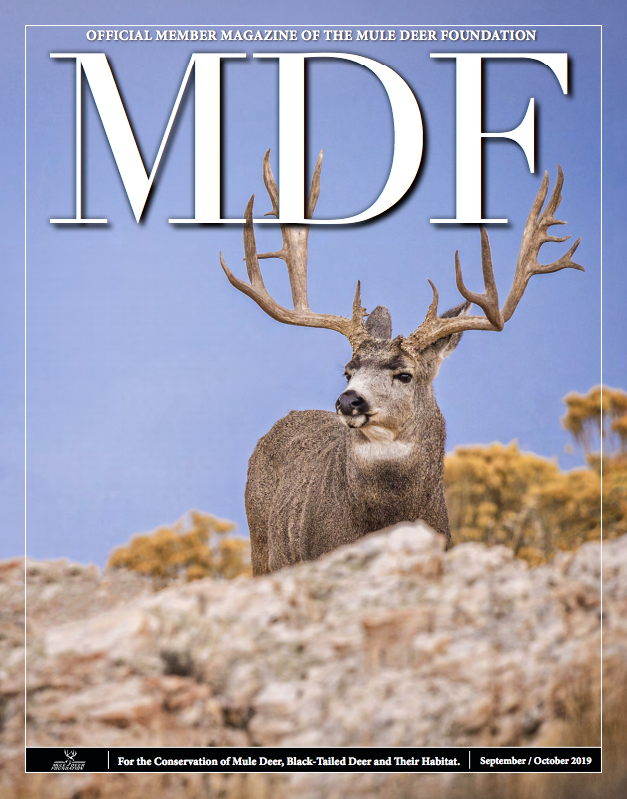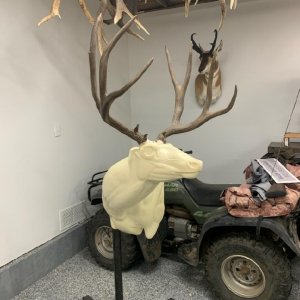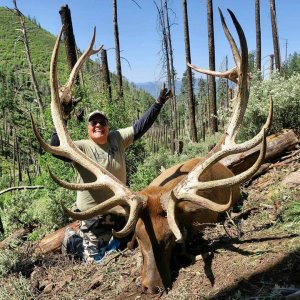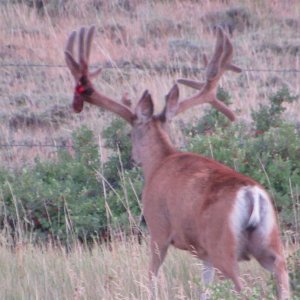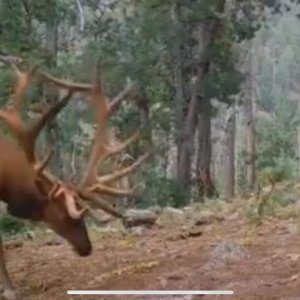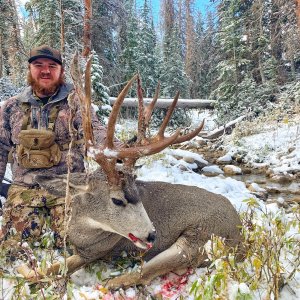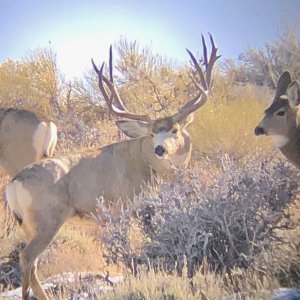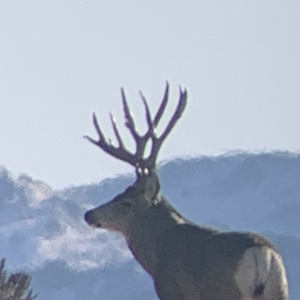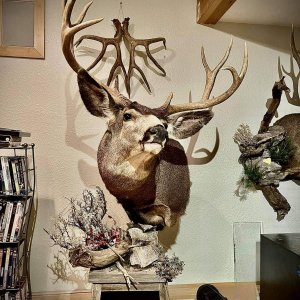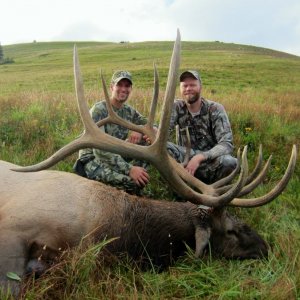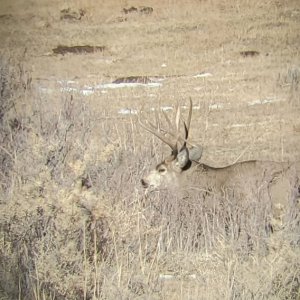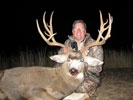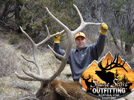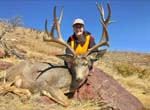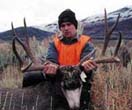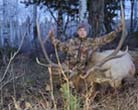Hawkeye
Long Time Member
- Messages
- 3,014
KSL is reporting that our deer herds dropped another 10% from December 2020 to December 2021 . . . but the good news is we have apparently hit an "inflection point" and are about to turn the corner. ? I will personally believe it when I see it.
https://www.ksl.com/article/5034678...t-inflection-point-after-another-drop-in-2021
I am not a wildlife biologist but the more that I have learned about the challenges facing our deer herds the more I have come to believe that there is no single factor that is negatively impacting our herds and no single change will improve the situation. Unfortunately, our deer herds face numerous challenges, including drought, loss of winter range, increased vehicle mortality, increased competition from elk, increased predator numbers, extended hunting pressure, improvements in hunting technology, CWD and other diseases, etc. Some of these factors can be controlled or influenced by the DWR but many cannot. Utah has dumped tens of millions of dollars on habitat improvement, fencing, wildlife crossings, and research projects over the last 20 years and yet our deer numbers continue to decline. Some will argue that the population declines would be even worse but for these efforts. That may be true. However, the reality is that no western state, including Utah, has found the answer to significantly helping our deer herds.
I would be interested in hearing your thoughts about whether we truly are at an inflection point where our deer herds will now begin to rebound? And whether the millions of dollars that we have pumped in conservation efforts are making any real difference with our deer herds?
Personally believe that the factors that are having the largest impact on our deer herds are (1) the extended drought; (2) increased number of predators; and (3) increased human population and vehicle mortality. Unfortunately, #1 is out of our control and we will have a tough time making any real headway on #2 and #3.
Hawkeye
https://www.ksl.com/article/5034678...t-inflection-point-after-another-drop-in-2021
I am not a wildlife biologist but the more that I have learned about the challenges facing our deer herds the more I have come to believe that there is no single factor that is negatively impacting our herds and no single change will improve the situation. Unfortunately, our deer herds face numerous challenges, including drought, loss of winter range, increased vehicle mortality, increased competition from elk, increased predator numbers, extended hunting pressure, improvements in hunting technology, CWD and other diseases, etc. Some of these factors can be controlled or influenced by the DWR but many cannot. Utah has dumped tens of millions of dollars on habitat improvement, fencing, wildlife crossings, and research projects over the last 20 years and yet our deer numbers continue to decline. Some will argue that the population declines would be even worse but for these efforts. That may be true. However, the reality is that no western state, including Utah, has found the answer to significantly helping our deer herds.
I would be interested in hearing your thoughts about whether we truly are at an inflection point where our deer herds will now begin to rebound? And whether the millions of dollars that we have pumped in conservation efforts are making any real difference with our deer herds?
Personally believe that the factors that are having the largest impact on our deer herds are (1) the extended drought; (2) increased number of predators; and (3) increased human population and vehicle mortality. Unfortunately, #1 is out of our control and we will have a tough time making any real headway on #2 and #3.
Hawkeye




